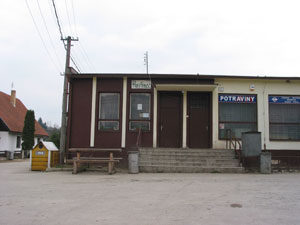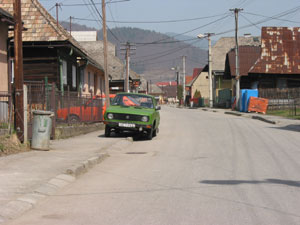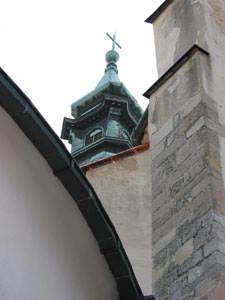US Laws, Travel, and the United Nations Convention on the Rights of Persons with Disabilities (CRPD)
May 15th, 2008One way to understand the movement for Inclusive Travel and Inclusive Destination Development is to think of it as the social phenomenon for implementing Article 30 of the United Nations Convention on the Rights of Persons with Disabilities.
A new tool exists to help understand the impact of the CRPD with reference to US standards. The United States National Council of Disabilities has released a Comparative Analysis of Disability Laws in the United States to the United Nations Convention on the Rights of Persons with Disabilities (CRPD). Hopefully similar studies will be undertaken in other countries. In particular I encourage analysis of Article 30 and contribution of those analyses to the Google group “Article 30: The CRPD on Tourism, Sports, & Leisure.”
Here is the document’s analysis of Article 30 of the CRPD as it relates to US Law:
Article 30 – Participation in Cultural Life, Recreation, Leisure, and Sport
The United States’ approach to participation in cultural life, recreation, leisure, and sport is based almost entirely on an antidiscrimination model. This means that to the extent that such opportunities exist for the general population, the federal government provides a legal right to people with disabilities to participate in such activities without discrimination. In terms of enforcement, the Department of Justice has made accessibility of cultural and recreation facilities a priority. But the larger project envisioned by Article 30, including enabling persons with disabilities to develop and utilize creative and artistic potential, establishing support and recognition of specific cultural and linguistic identities, and encouraging mainstreaming of sporting opportunities, is largely left to private actors and advocacy organizations. Accordingly, a gap exists between U.S. law and CRPD protection, albeit one that could be filled with aggressive implementation and/or additional Congressional action.
In the Appendix they further elaborate:
Coverage of United States Law
United States domestic law has several provisions that prevent discrimination against people with disabilities in cultural life, recreation, leisure, and sport. Many such activities take place at privately owned places of public accommodation – that is, privately owned businesses or establishments that open themselves up to the public – and are covered by Title III of the ADA. As such, the owners and operators cannot discriminate in the full and equal enjoyment of the goods, services, facilities, privileges, advantages, or accommodations.
Title III’s reach has therefore extended significantly into recreation and cultural opportunities for people with disabilities. The organizers of sports and recreation activities must make reasonable accommodations unless such accommodation would fundamentally alter the nature of the goods or services being provided. Thus, for example, the Professional Golf Association had to provide a golf cart as a reasonable accommodation to a professional golfer to allow him to participate in tournament play. A requested accommodation also does not have to made if it causes a direct threat to the health or safety of others. Title III has been applied to sports leagues; i.e., its coverage is not limited to actual locations.
As discussed above, pursuant to the Telecommunications Act of 1996, the Federal Communications Commission has adopted rules requiring closed captioning of most, though not all, television programming.
Similarly, as with any Title III covered entity, facilities that house cultural and recreational opportunities have accessibility obligations. Facilities that predate the ADA must be accessible to the extent that doing so is “readily achievable,” and new facilities (and modifications to existing facilities) must be more fully accessible to people with disabilities in accordance with the ADAAG standards. The accessibility of entertainment venues (sports stadiums and movie theatres) has been a heavily litigated area. In particular, there have been several “line of sight” cases, involving the issue of whether people who used wheelchairs are entitled to seats where they can see over people who stand in the rows in front of them. Another frequently litigated issue is whether wheelchair seating in stadium-style movie theaters must offer choices of position within the theater, and to what extent wheelchair seating must be integrated into the stadium seating section of the theater.
Some of the parties that control and manage recreational opportunities are public entities; for example, public parks and high school athletic associations. Therefore, Title II of the ADA and Section 504 of the Rehabilitation Act (to the extent these entities receive federal funds) are relevant as well. A public entities’ obligations regarding recreation opportunities under Title II and Section 504 closely track those of private operators of places of public accommodation: they cannot discriminate on the basis of disability in their operations (which includes a duty to provide reasonable accommodation), and must make their facilities accessible. One frequently litigated issue in this area involves public sports associations’ role as standard-setters for who gets to participate in high school athletics.


